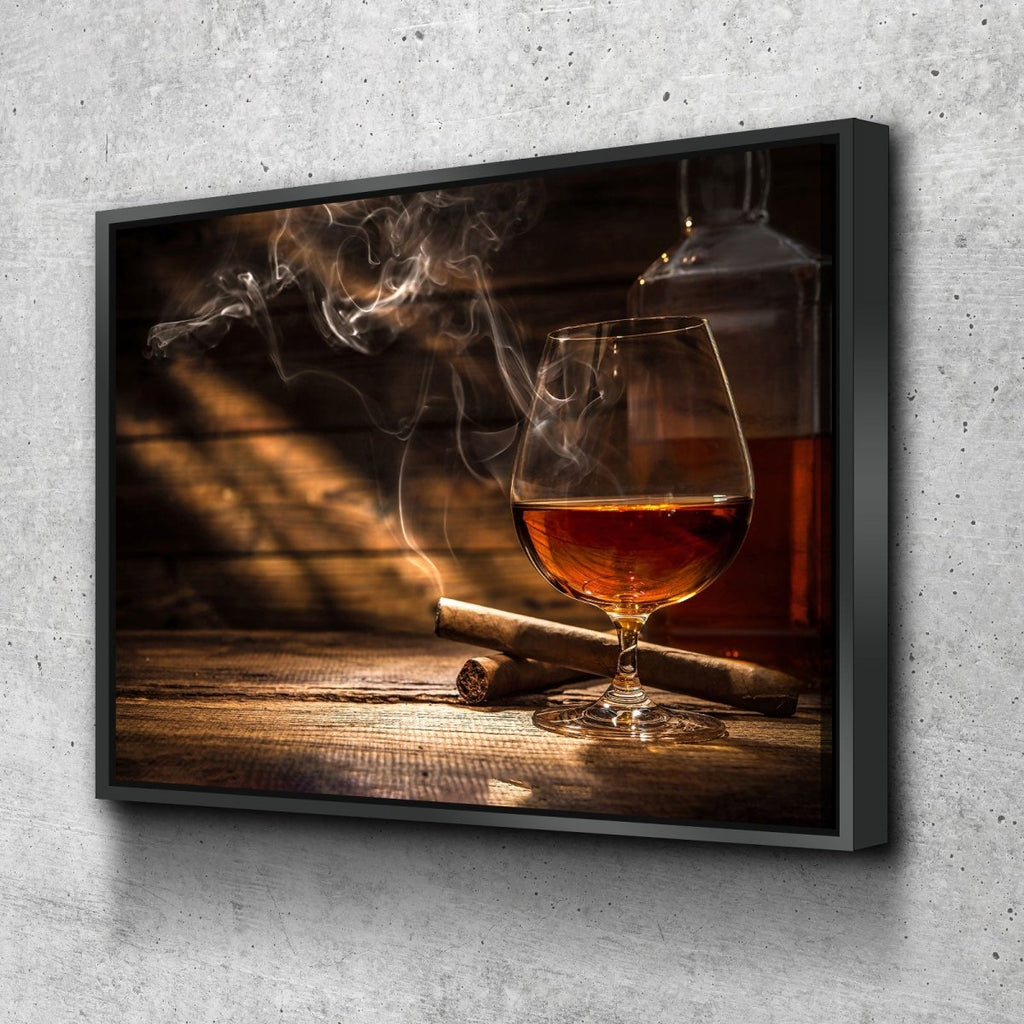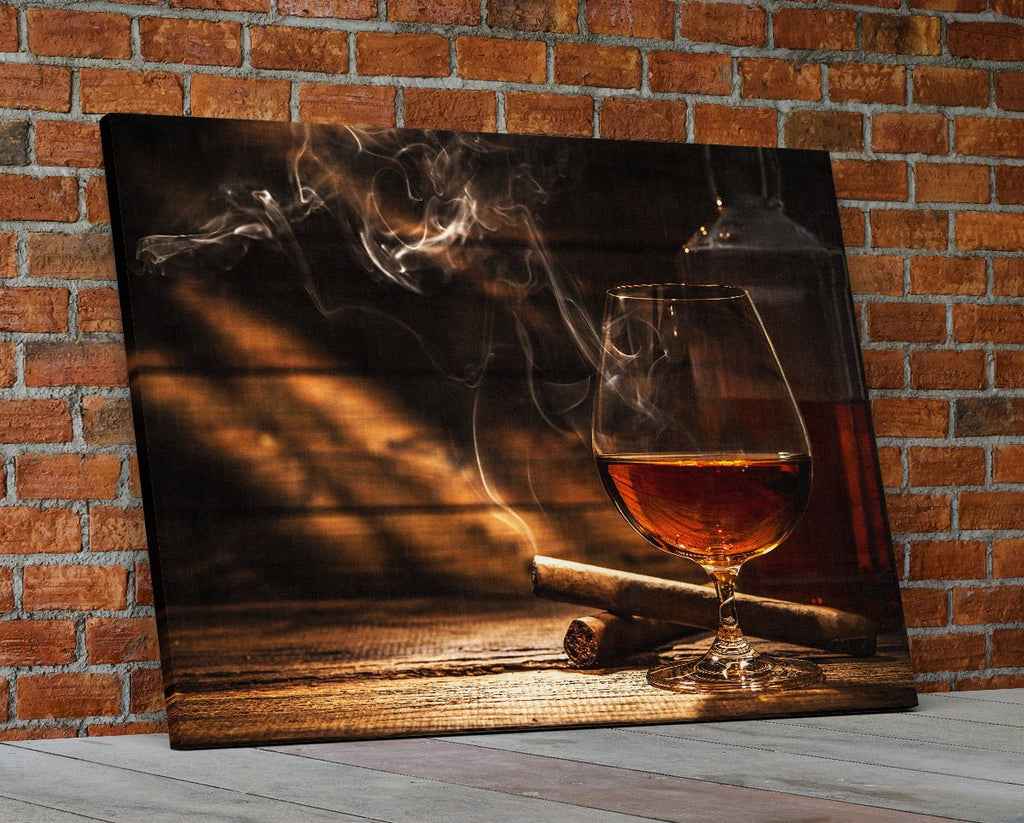The Relevance of Whiskey Art in Celebrating Heritage and Workmanship in the Beverage Sector
The elaborate partnership between bourbon art and the party of heritage and workmanship within the drink sector can not be overstated. Through thoughtfully made containers and tags, whiskey brands encapsulate their historical roots and the artisanal skills that define their production approaches.
The Historic Roots of Whiskey
At the heart of whiskey's allure exists a rich tapestry of historical origins that trace back to old people. The origins of bourbon can be connected to the purification practices of the Sumerians and Babylonians around 2000 BCE, where very early kinds of fermented grain beverages started to arise. It was in the Middle Ages that the art of purification progressed substantially, particularly in Ireland and Scotland, leading to the creation of scotch as we recognize it today.
The term "scotch" itself originates from the Gaelic word "uisce beatha," suggesting "water of life." This phrase emphasizes the social value of whiskey in Celtic societies, where it was usually related to routines, celebrations, and public bonding. By the 15th century, purification came to be an acknowledged craft within reclusive communities, paving the way for the facility of lawful distilleries.
As profession routes broadened, scotch's popularity grew, going beyond regional borders and capturing the rate of interest of connoisseurs worldwide. Limited Edition. This historical journey reflects not just the workmanship behind whiskey production however additionally its indispensable role in cultural and social contexts, noting it as a substantial beverage throughout history
Artistic Expression in Branding
Whiskey branding stands as a compelling junction of virtuosity and commerce, where aesthetic identity plays a crucial duty fit consumer assumption. The aesthetics of whiskey tags, product packaging, and marketing products show not just the brand name's tale yet likewise its core worths and heritage. With imaginative expression, distilleries convey a narrative that resonates with consumers, evoking emotions and stimulating connections.
The usage of shade, typography, and imagery in branding serves to distinguish products in a saturated market. For instance, standard motifs may stimulate a feeling of authenticity and craftsmanship, while contemporary designs can indicate advancement and forward-thinking. This critical imaginative direction enhances brand acknowledgment and loyalty, allowing customers to forge an individual connection with the whiskey they pick.
In addition, creative expression in branding frequently serves as a party of regional heritage. Distilleries often include neighborhood icons or historic references into their designs, developing a local color that welcomes consumers to take part in a wider social experience. Inevitably, the creativity behind scotch branding not only boosts aesthetic charm however likewise enhances the total narrative of the brand name, cultivating a much deeper recognition for the craftsmanship and heritage ingrained in each container.
Craftsmanship in Container Layout
The virtuosity obvious in bourbon branding prolongs beyond visual identity to include the craftsmanship involved in bottle style. Each bottle works as a vessel not just for the spirit within, yet additionally for the story it tells about its tradition, beginning, and quality. The style process requires careful attention to detail, as components such as product, closure, and form add significantly to the general perception of the scotch.
Workmanship in bottle layout entails choosing high-grade glass that can boost the whiskey's color and clarity, while additionally supplying a responsive experience for the consumer. The silhouette of the bottle should be both aesthetically appealing and useful, usually reflecting the heritage of the brand name. Numerous distilleries go with unique forms or printed logo designs that stimulate a feeling of credibility and background.
Furthermore, the tag layout and typography play an important role in interacting the brand name's narrative. Limited Edition. A well-crafted container not only captivates the customer's eye yet likewise reinforces the brand name's dedication to quality and custom. By doing this, the workmanship of bottle layout ends up being a crucial element of the scotch experience, combining virtuosity with an extensive regard for heritage
Cultural Significance of Bourbon Art
Commemorating practice and workmanship, the social relevance of scotch art transcends simple looks, linking with the social and historic narratives of the regions where it comes from. Each bottle serves as a canvas, depicting the distinct tales, folklore, and customs that have actually formed regional whiskey-making techniques. The detailed designs typically reflect the heritage of the distillers, including icons and themes that reverberate with the society and values of their areas.

On top of that, bourbon art plays an essential function in public celebrations and celebrations, functioning as a concrete web link in between people and their shared experiences. By appreciating the virtuosity in whiskey product packaging, customers cultivate a deeper understanding and regard for the craft, ultimately enriching their enjoyment of the drink itself.
Modern Trends in Scotch Presentation
In recent years, the presentation of bourbon has developed to reflect modern tastes and patterns while still honoring traditional workmanship - Limited Edition. Distilleries are progressively focusing on visual elements that boost the general alcohol consumption experience, linking the space in between heritage and modernity
Ingenious bottle designs have emerged, usually incorporating lasting products and creative tags Continue that tell engaging stories. Numerous brands now collaborate with regional musicians, instilling their products with one-of-a-kind visual expressions that reverberate with customers. Additionally, limited-edition launches are usually packaged in collectible containers, adding value and allure for aficionados.

Final Thought
Finally, whiskey art serves as an important avenue for revealing the heritage and workmanship fundamental in the beverage industry. Through Get More Info detailed branding, ingenious container designs, and culturally significant imaginative components, scotch brands successfully recognize their customs and get in touch with customers. This artistic narrative not just raises the recognition of bourbon yet likewise reinforces area identification and pride among manufacturers. Ultimately, bourbon art plays an important function in preserving and commemorating the rich social tapestry of whiskey-making.


Craftsmanship in bottle style involves selecting top notch glass that can enhance the bourbon's shade and clearness, while also supplying a responsive experience for the customer. In this means, the workmanship of bottle style comes to be a crucial aspect of the scotch experience, merging artistry with a profound regard for heritage.
In conclusion, bourbon art serves as a vital channel for sharing the heritage and workmanship integral in the drink market.
Comments on “Whiskey Art: Capturing the Significance of Distillation in Every Brushstroke”